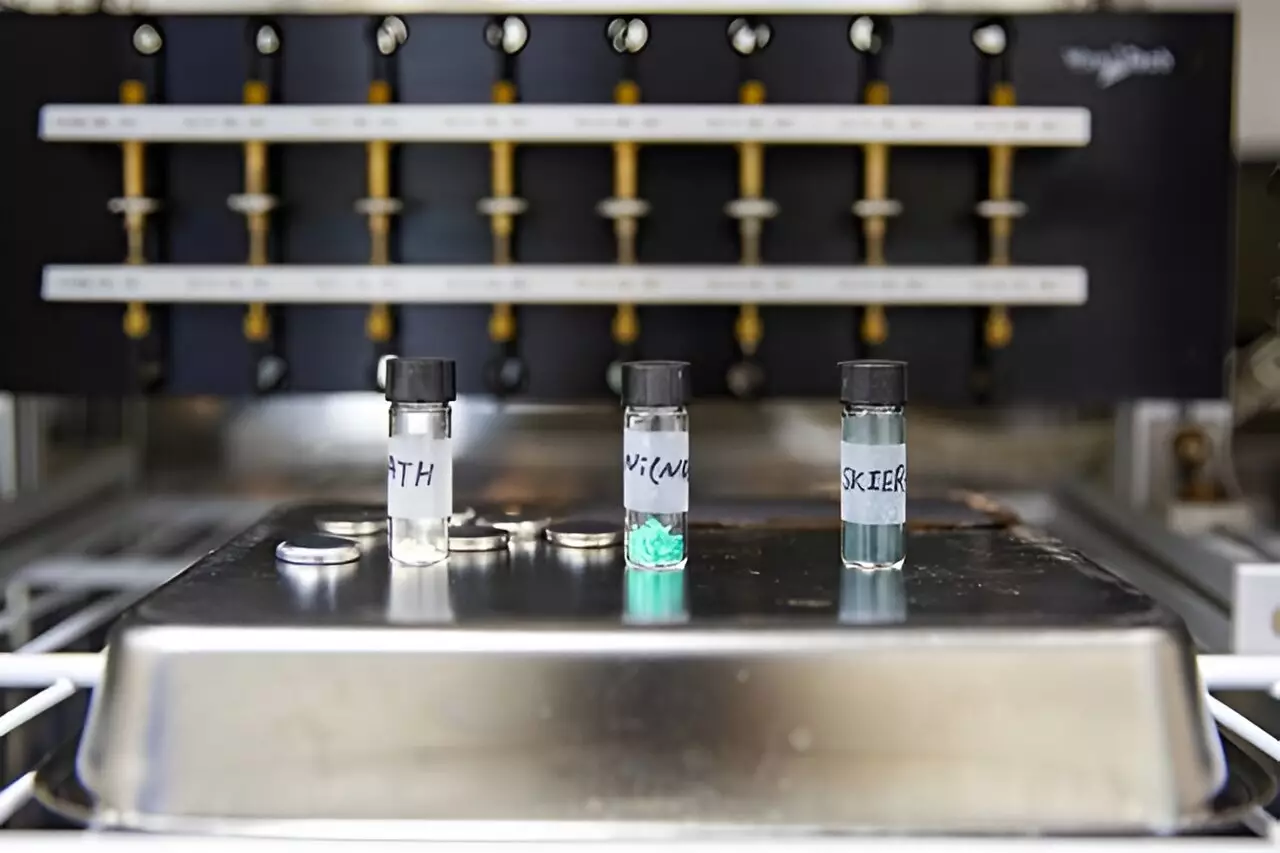The Korea Institute of Energy Research (KIER) has made a groundbreaking discovery in the field of battery technology. They have developed a redox-active metal-organic hybrid electrode material known as SKIER-5, which addresses the limitations of using graphite as an anode material in conventional Li batteries, especially in freezing conditions.
Conventional lithium-ion batteries rely on graphite as the anode material due to its stability and affordability. However, graphite anodes have significant drawbacks, particularly in subzero temperatures. The storage capacity of batteries with graphite anodes decreases sharply in cold conditions, and dendrites can form on the anode surface, potentially leading to thermal runaway and explosions.
Led by Dr. Jungjoon Yoo, Dr. Kanghoon Yim, and Dr. Hyunuk Kim, the research team at KIER has created SKIER-5, a redox-active conductive metal-organic framework composed of a trianthrene-based organic ligand and nickel ions. This innovative material has surpassed the performance of graphite anodes in various aspects.
SKIER-5 exhibited an impressive discharge capacity five times higher than that of graphite in subzero temperatures. At room temperature, the discharge capacity of the SKIER-5 anode reached 440 mAh/g, surpassing the 375 mAh/g of a graphite electrode. Even after 1,600 charge-discharge cycles, the capacity of SKIER-5 increased by approximately 1.5 times, defying the typical decrease in capacity over cycles.
Unlike graphite, SKIER-5 interacts with lithium ions to initiate redox reactions involving electron transfer. The inclusion of nickel ions and heteroatoms in SKIER-5’s organic ligands facilitates increased electron storage, resulting in a higher discharge capacity. The material maintains stable performance even at minus 20 degrees Celsius, with a discharge capacity five times higher than that of graphite.
The research team at KIER confirmed the operating principle of SKIER-5 through high flux X-ray analysis and first-principles calculations. The crystalline structure of SKIER-5, consistent with X-ray structural analysis, was used to predict lithium adsorption sites and calculate the material’s theoretical capacity and reaction voltage. The experimental results closely matched the predicted values, verifying the exceptional performance of SKIER-5 as a Li battery anode.
The development of SKIER-5 by the Korea Institute of Energy Research represents a significant advancement in battery technology. This redox-active metal-organic hybrid electrode material offers improved performance, stability, and capacity compared to conventional graphite anodes, especially in cold conditions. The future of battery technology looks brighter with innovations like SKIER-5 paving the way for more efficient and reliable energy storage solutions.



Leave a Reply